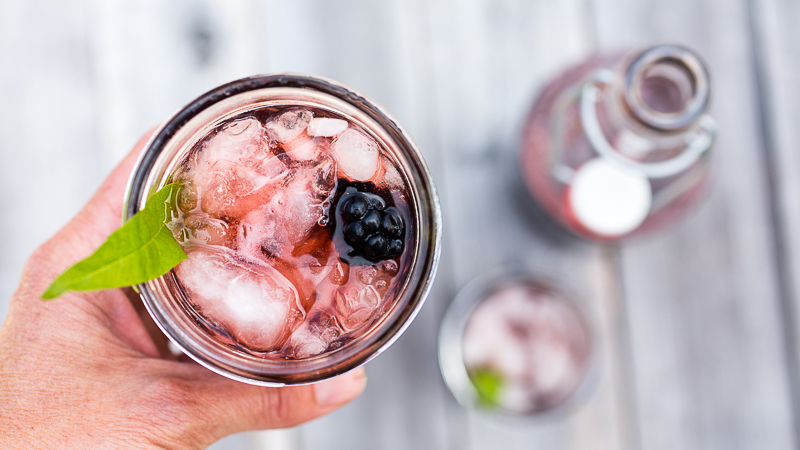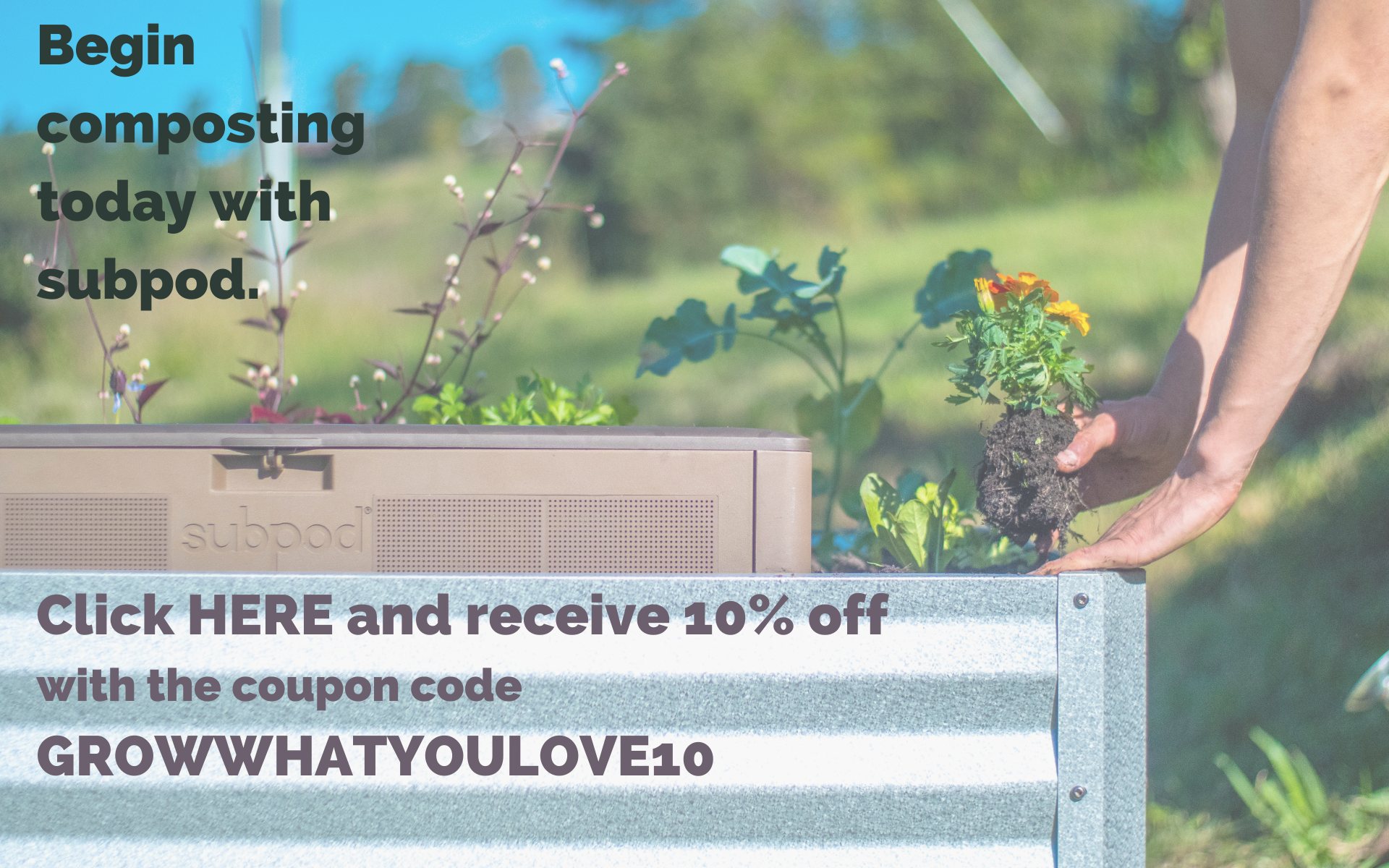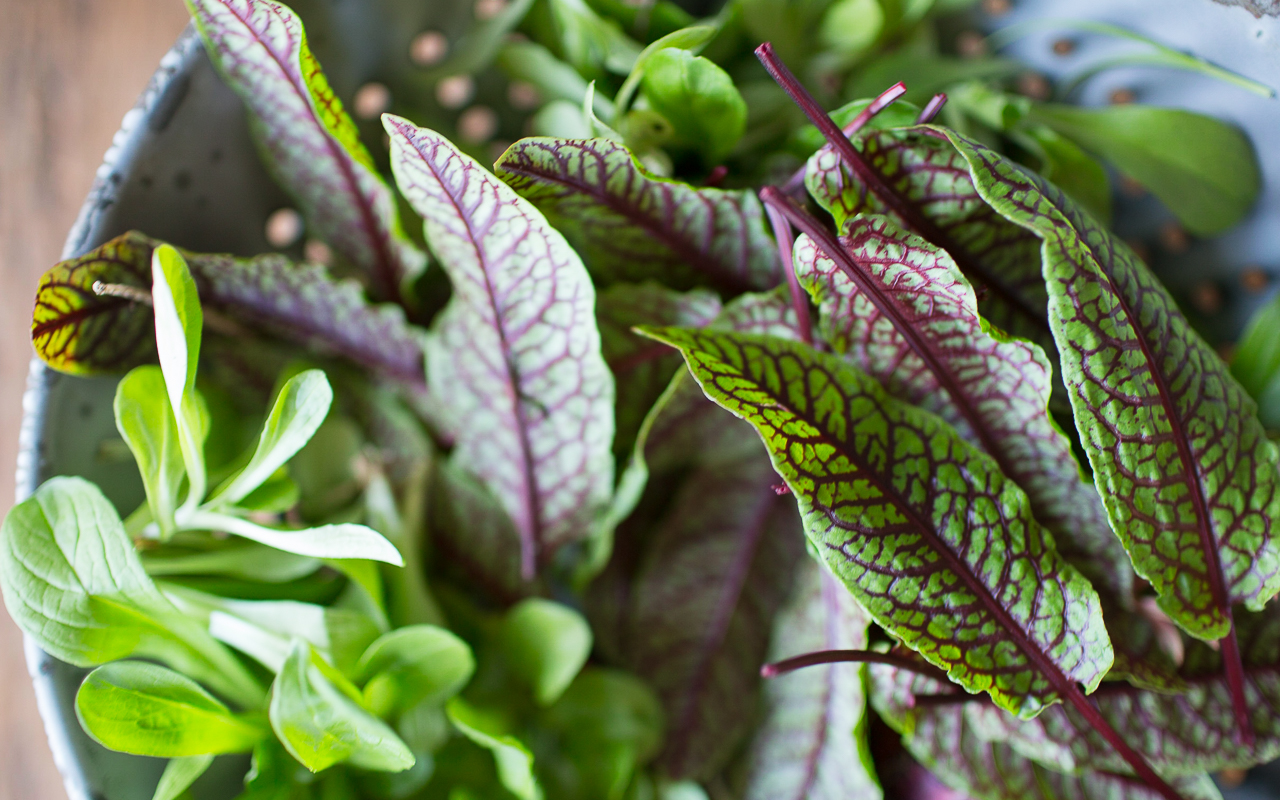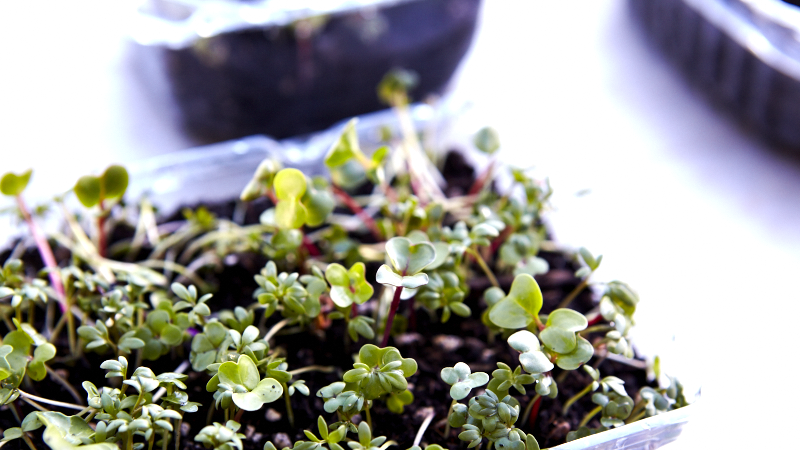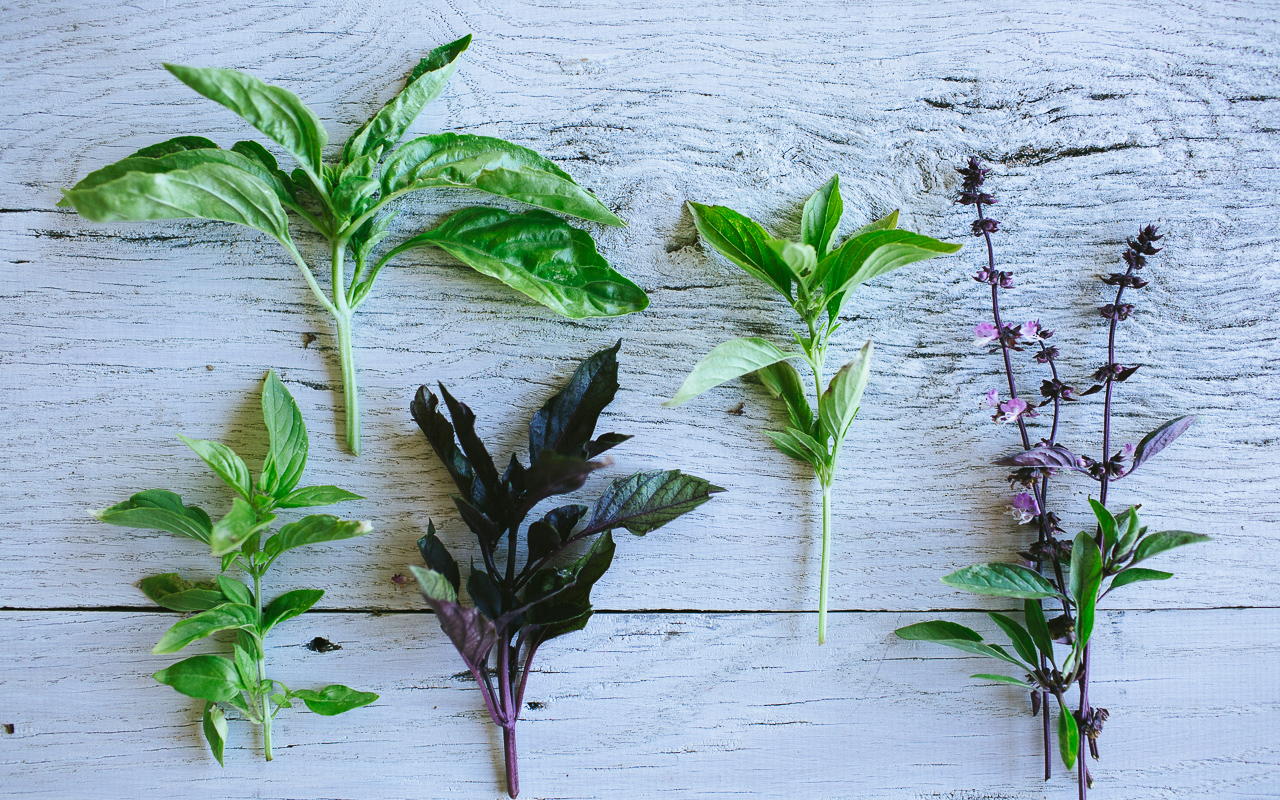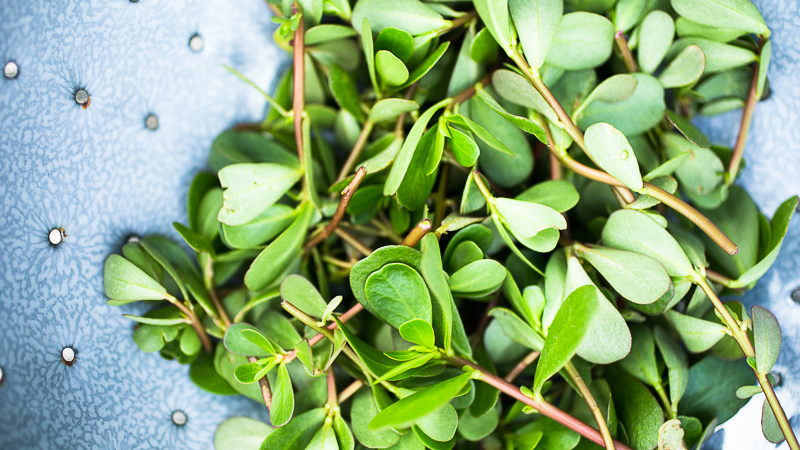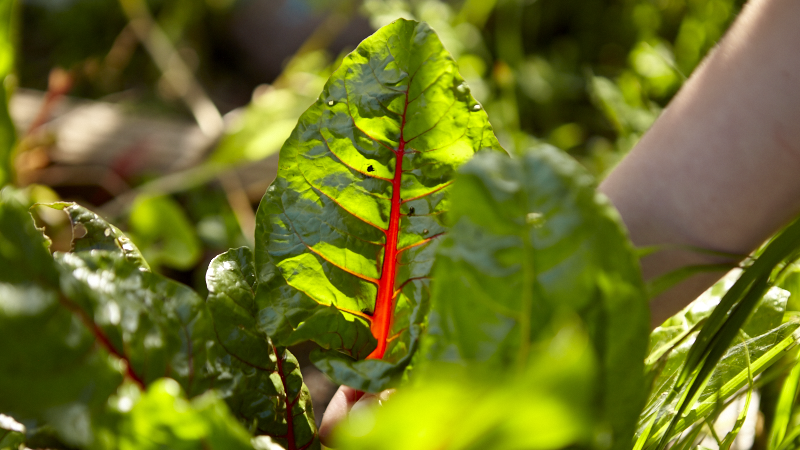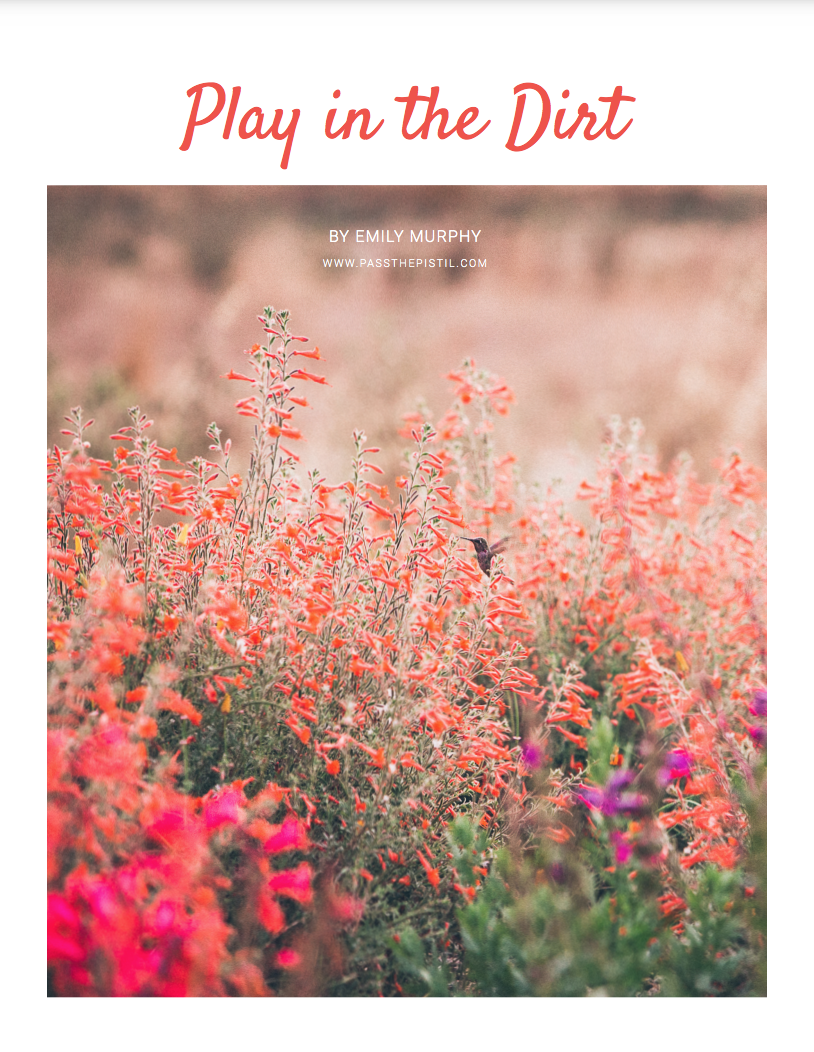10 Best Kitchen Garden Herbs
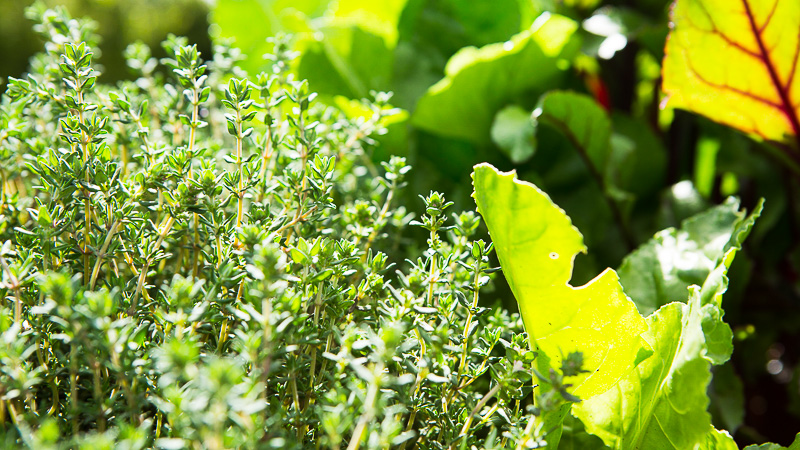

Imagine a garden that elevates everyday living, is a dose of medicine with every bite, and doubles as a pollinator haven. If you grow one thing — or, in this case, a handful of plants — that covers all these bases, it’s herbs.
Technically speaking, herbs are plants harvested for flavor, fragrance, and medicine. By their very nature, the aromatic oils found within them are also what gives them zest as well as nutritional value. The distinct taste of rosemary, for instance, is in part thanks to rosemarinic acid and a host of other beneficial phytochemicals that have been found to improve circulation, decrease memory loss while boosting mental energy, aid with digestion, act as a remedy for stress, and enhance overall health and well being (among other things). And for every herb, there is a similar story.

When choosing herbs for your kitchen garden, start with the ones you reach for most. Do you notice a recurring theme in your recipe box or grocery list?
Your everyday meal choices help stream line your planting list, at least for a little while. I’ve found that one herb tends to lead to another. Soon you’ll find that the plants you grow not only compliment your existing quiver of recipes but lead you down a path of discovery where you find an entirely new set of flavor combinations and inspirations.
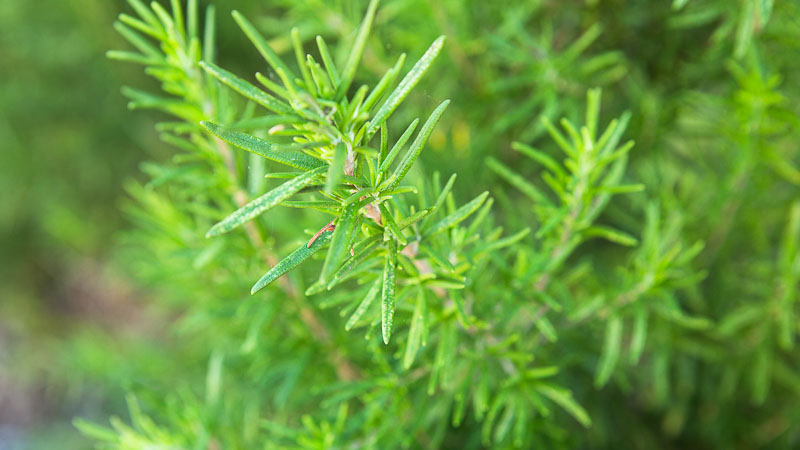
For now, start with these 10 suggestions and be prepared to make room in your garden for others along the way.
10 Culinary Herbs for Your Kitchen Garden
Rosemary can be grown indoors or out. Plant it in containers or straight in the garden, just be sure to give it soil with excellent drainage. It prefers full sun and okay soil that dries out between waterings. It’s a perennial in warmer climates and needs to be moved indoors in winter or grown as an annual in Hardiness zones 7 and lower. Grow it from cuttings or plant it from nursery starts.
How to Grow Rosemary From Cuttings
Thyme grows just as well in a border as it does in containers. It’s incredibly hardy, thriving in USDA hardiness zones 2 to 11, depending on the variety, with most hardy to at least zone 5. It likes rich, well draining soil that is allowed to dry out between waterings — in fact, too much water dilutes its flavor. Grow from cuttings or starts, and plant it in full sun to part shade for the best results. Try it with olive oil, salt, and pepper on vegetables or pasta, or fold it into savory crusts or pastries.
Parsley prefers rich, well draining soil and moderate water. It’s a biennial that’s grown as an annual. It Plant it in full sun, part shade, or on the north side of taller plants if you’re growing where there’s intense summer heat. Harvest it from the base of the stem, taking the entire stem as you use it. This will encourage continued growth through the season. Grow it from seed or starts.
Cilantro is a tender annual that’s just as good in a salad as it is in a dressing or salsa. I sometimes scatter sow it with other cut-and-come-again greens or plant it in groups near tomatoes and other sun loving plants. Sow it successionally from spring to fall for a continual crop. It likes rich, well draining soil and moderate water.

Basil doesn’t need much room or take much care and, if harvested correctly, will continue to give throughout the growing season. In fact, I’ve found I can plant it once and if it’s given, rich, well draining soil (like so many kitchen edibles prefer), plenty of sun, and moisture, it grows from spring to fall with proper pruning. Grow a handful or varieties such as Italian basil to Thai basil or lemon basil for color and flavor. Sow from seed or plant starts.
Mint is a perennial hardy from zones 3 to 11. Grow it from cuttings, divisions, seed, or starts. It will grow in nearly anything and anywhere, so be careful. Always grow it in a container and never throw trimmings in your compost or it will take over and you’ll forever be weeding it from your garden. Give it full sun or part shade, moderate to rich soil, infrequent but deep waterings and it will be happy. Plan to put it in everything, from salads to sun tea to mojitos.
Chives are one of my all time favorites. I find I grow them as much for their flowers and fine foliage as I do for the flavor it offers to daily meals. Make an herbal vinegar with its blooms, sprinkle leaves on roasted veggies, or add one or both to dressings and salads. Grow it in containers to keep it from spreading or give them a place in the garden. Chives prefers rich, well draining soil and will thrive in full sun to part shade.
Oregano and marjoram are often used interchangeably, though marjoram tends to be sweeter and more mild. They’re both favorites of bees and, like thyme, grow well as border plants, at the ends of raised beds, or in containers. Grow them from seed, cuttings, or starts — though I prefer starts so I can flavor test them before buying. When at the nursery, rub the leaves between your fingers to get a complete sense of its fragrance — and therefore flavor — or give them a nibble to be sure it’s the right plant for you. Plant in full sun, and in moderate to rich soils that are well draining.
Chervil is a sometimes forgotten annual with a licorice-like flavor that grows well in part shade to shade. Give it rich, well draining soil and moderate to regular water. It doesn’t transplant well, so grow it from seed, and plan to harvest little and often to keep it flourishing. A favorite in French cooking, it’s considered one of the fines herbes. Pair it with spring vegetables or toss into salads or soups, but throw it in at the last minute because it doesn’t hold up to heat.
Dill is a must for the pickle lover — or even if you’re a lover of dishes that are simply tangy and bright. Add it to salads for an ultimately fresh flavor or sprinkle it over vegetables or cheeses. Also known as dill weed, it’s happy to grow from seed. Give it rich, well draining soil and moderate to regular water for optimal growth. Grow it in combination with other pickling ingredients like green beans, cucumbers, and carrots, and plan to enjoy the flowers and seeds as much as the greens.
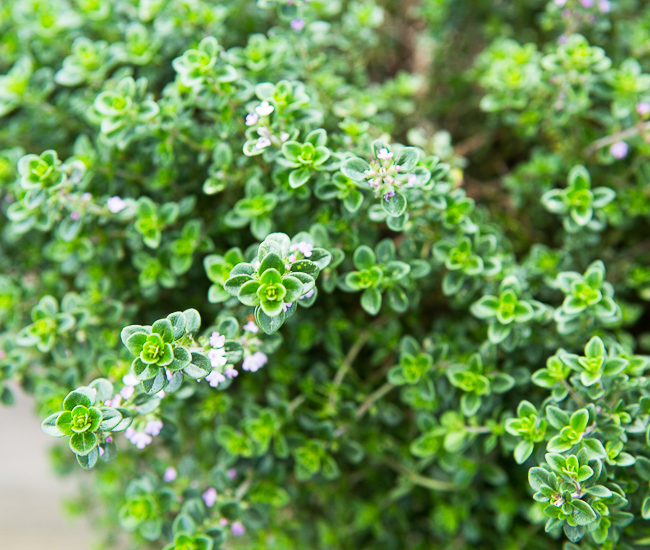
Other Kitchen Garden Herbs to Consider
- Anise Hyssop
- Pineapple Sage
- Lemon Verbena
- Tarragon
- Lemon Balm
- Scented Geranium
- Lovage
- Sage
- Fennel
- Chamomile
- Lavender
- Stevia
- Lemongrass
Other articles you might enjoy:
Make Your Own Bee Friendly Garden in 5 Easy Steps
How to Grow & Use Scented Geranium + Recipes
Lemon Verbena | An Herb with a Twist
Listen
Buy The Book
Special offers
Newsletter Signup

Archives
Disclosure
Pass The Pistil is a participant in the Amazon Services LLC Associates Program and other affiliate programs such as Etsy, affiliate advertising programs designed to provide a means for sites to earn fees by advertising and linking to curated affiliate sites.


